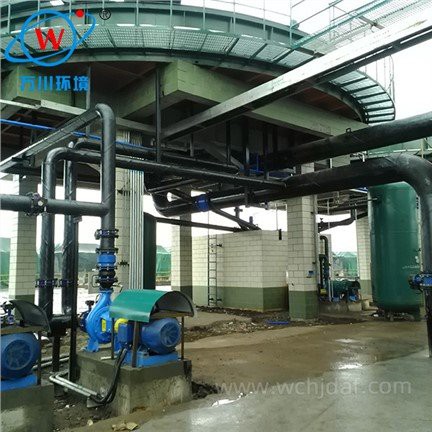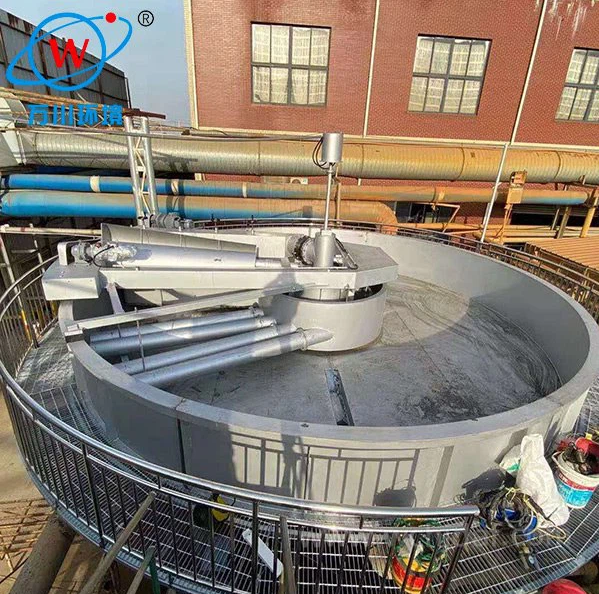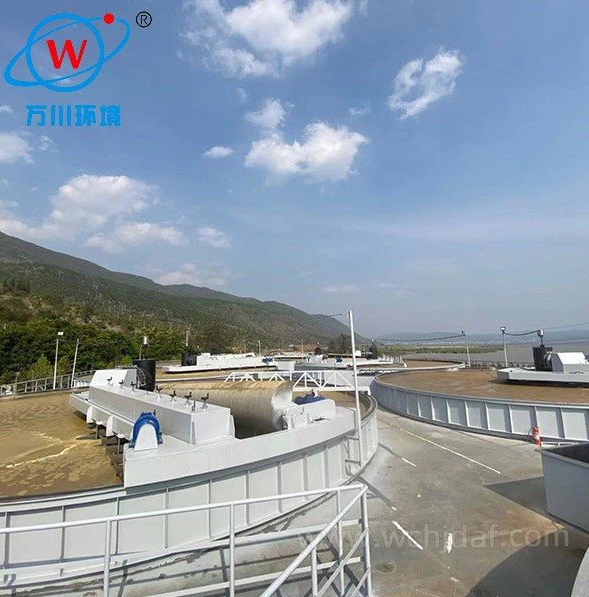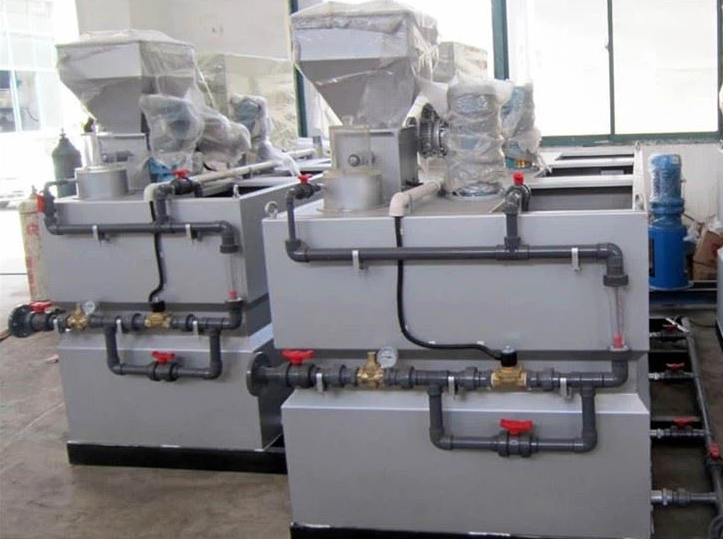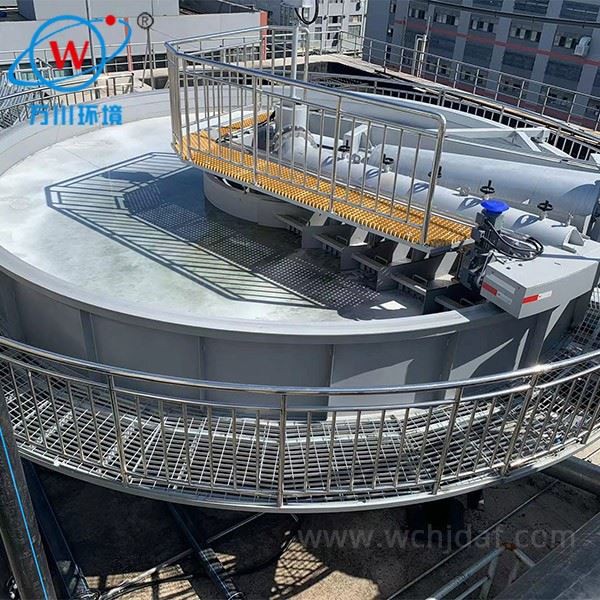Types of Dissolved Air Flotation (DAF) Units
Dissolved Air Flotation (DAF) units come in several types, categorized by design and application. All share the core principle of using microbubbles to separate contaminants, but vary in operation and ideal use cases.
Pressurized DAF
- Most common type, dissolves air into water under high pressure
- Releases microbubbles that attach to contaminants in treatment tank
- Versatile for industrial wastewater and municipal plants
Vacuum DAF
- Lowers pressure in sealed tank to release dissolved air
- Energy-efficient for low-flow applications
- Ideal for small-scale water treatment systems
Induced DAF
- Draws air via mechanical impellers or rotors
- Compact design eliminates need for pressure tank
- Suits space-limited settings like food processing facilities
Specialized Variants: Dissolved ozone flotation combines air with ozone for enhanced disinfection, while electroflotation uses electrolysis to generate bubbles—particularly effective for heavy metal removal.
Selection depends on factors like flow rate, pollutant type, and space constraints. Each type offers different advantages in bubble size, energy use, and scalability for water treatment applications.

